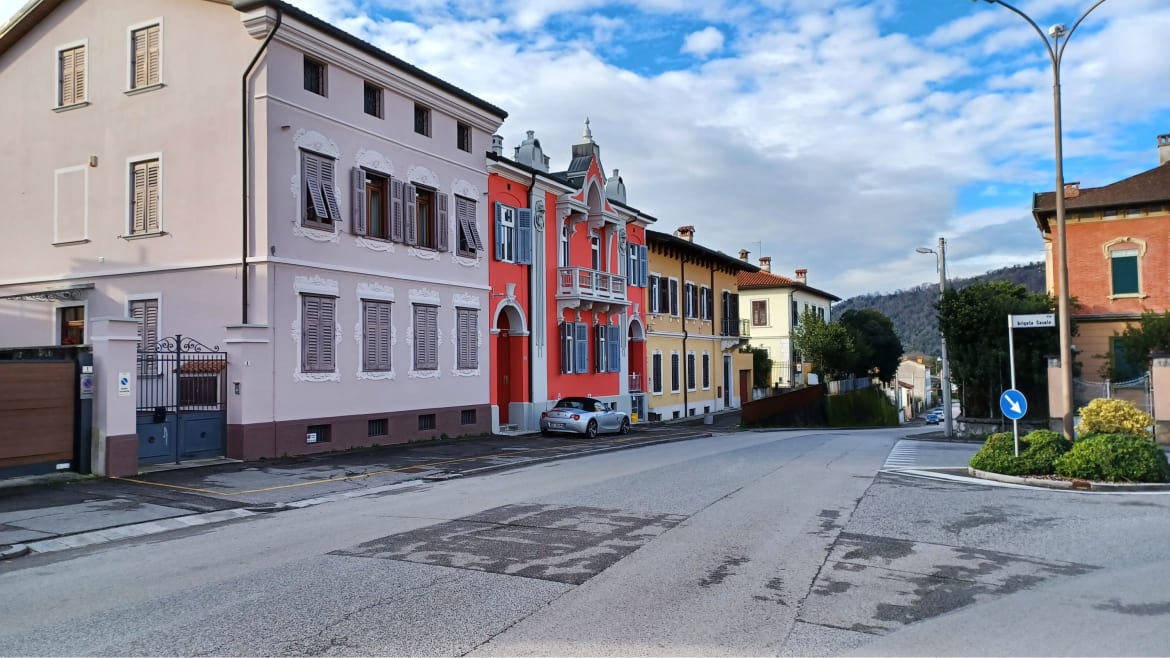Alex Sakalis
Gorizia, a small city on the Italy–Slovenia border, is one of the most interesting places in Europe: a late-Habsburgian netherworld, peppered with Balkan eccentricity that has somehow smuggled its way into Italy, pizza and all. It’s fabulously weird, intriguingly beautiful, and home to some of Europe’s quirkiest footnotes. In 1947, the city was divided between Italy and Yugoslavia – a Solomonic judgment that left a Cold War border running through houses, streets, cemeteries and – most evocatively – a square called Piazza Transalpina. This was the “other wall” in the Cold War – and one that remains surprisingly little known.
The Yugoslav side gradually grew into a new settlement called Nova Gorica, now Slovenia’s ninth-largest city. The two were reunited in 2004 when the barrier on Piazza Transalpina, “the last wall dividing East and West”, was symbolically torn down.
Of course, unlike Berlin, these are technically still two different cities belonging to two different states, but it makes sense to think of them as a single unit – and not just for historical reasons. Today, the border is largely invisible (often the only indication you’ve switched countries is the language on road signs) and both states use the Euro as their currency. Many people will live in one country and work or send their kids to school in the other. When Slovenia chose Nova Gorica as its candidate for European Capital of Culture 2025, it made perfect sense for them to invite Gorizia along for the ride. The success of their joint bid can be seen as a vindication of their (post)historical model, and a tribute to the Schengen Agreement, now in its twenty-eighth year, which has made the dream of a borderless Europe possible.

